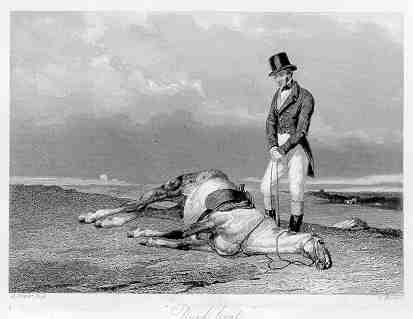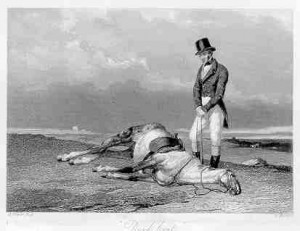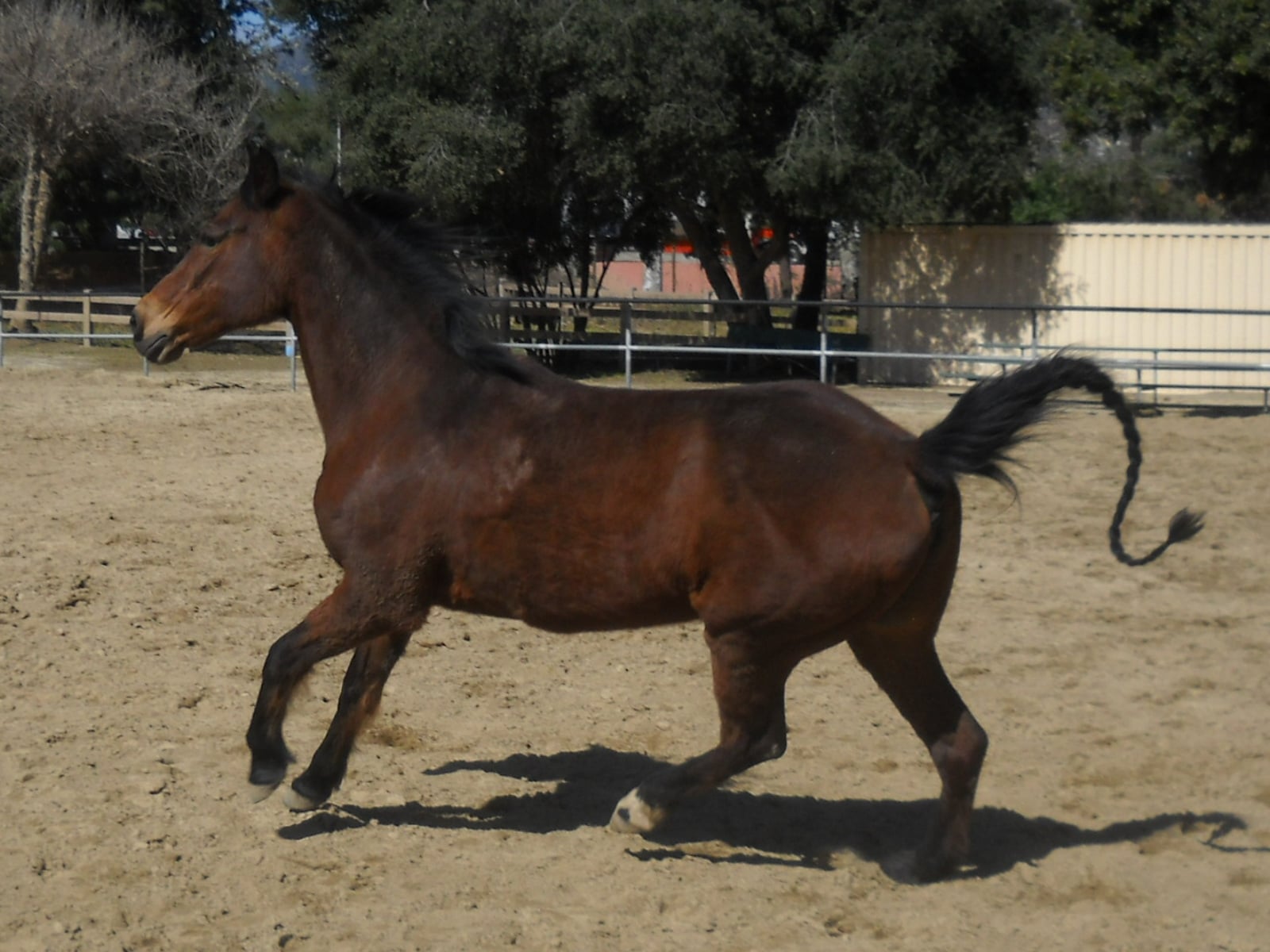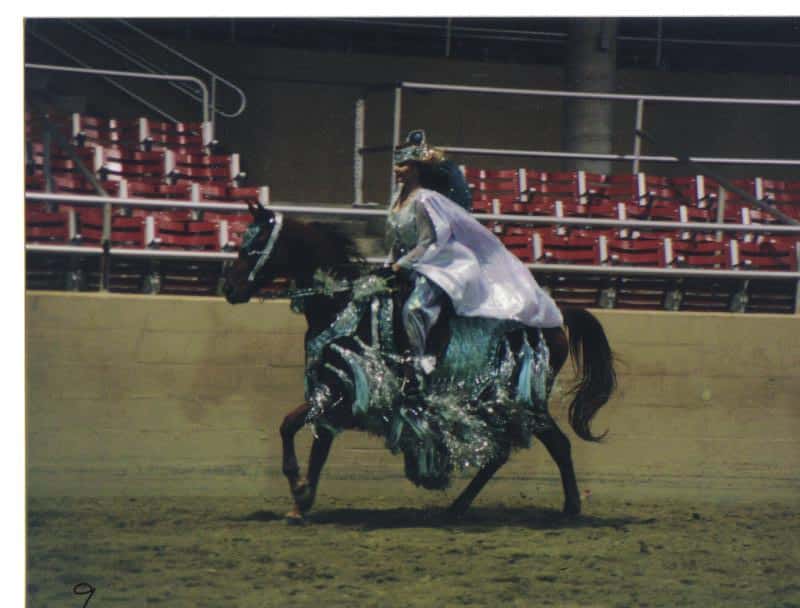“If you saw a heat wave, would you wave back?” – Steven Wright
For all of the fun that the summer sun brings, hot weather poses a big challenge to the horse (and its owner). Simply stated, horses really aren’t hot weather creatures, and working them when it’s hot risks some real dangers.
If you don’t really want to read the rest of the article, here’s a summary. If it’s uncomfortably hot outside, don’t ride your horse.
For those of you who want more information, please read on.
When it comes to handling high temperatures, the biggest problem for horses is their geometry. The horse’s body is big and wide (that is, it has a very large volume), and it doesn’t get rid of heat well. There’s very little body surface, relative to the size of their body, from which they can get rid of heat. I don’t understand the math very well but scientists have made very pretty graphs about the relationship between surface area and volume, and there’s one of them on the left. But the bottom line for horses is that when it’s really hot, the organs inside the horse’s body stay hot even while the body surface tries to radiate heat as fast as it can. People interested in riding the poor, hot critters then take the added step of covering up the body surface with a saddle and pad – or worse, forget to take off their ever-present blankets – which further reduces the area from which body heat can be lost.
The only other way that horses can try to cool off is to perspire (sweat). As the water in sweat evaporates, it cools the horse, slightly. But sweat also causes the horse to lose body water and body salts (electrolytes), so, while sweating is an effective means of cooling, over time, excessive sweating can have some bad consequences for the horse in terms of dehydrations, and, in severe cases, weird abnormalities associated with electrolyte loss (muscle twitching, and such).
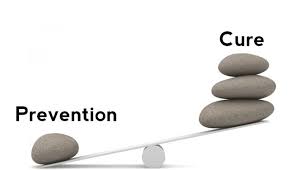 With it being fairly well accepted that an ounce of prevention is worth a pound of cure, the best thing to do is to avoid riding your horse in the heat entirely. If the temperature is pushing up into the 90s during the day, ride early in the morning, or late in the evening, and don’t put your horse at risk. When he’s not being ridden, keep him in a stall, and, ideally, put a fan in the stall to keep the air moving (but make sure he can’t reach the cord – electrocution is no fun, either). If your horse is in pasture, make sure that there’s cover, or shade, so that he can get out of the sun.
With it being fairly well accepted that an ounce of prevention is worth a pound of cure, the best thing to do is to avoid riding your horse in the heat entirely. If the temperature is pushing up into the 90s during the day, ride early in the morning, or late in the evening, and don’t put your horse at risk. When he’s not being ridden, keep him in a stall, and, ideally, put a fan in the stall to keep the air moving (but make sure he can’t reach the cord – electrocution is no fun, either). If your horse is in pasture, make sure that there’s cover, or shade, so that he can get out of the sun.
During the day, make sure that your horse has free access to fresh water. Check the water temperature, too – I’ve seen situations where pipes bringing water to automatic systems got hot, and the water in the bowl was too hot for the horse to drink. If there are multiple horses in a pasture, put out several water sources, so no one gets left out.
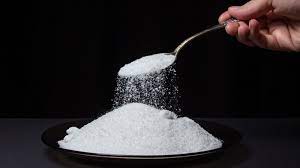 For horses that are resting, or not exercising excessively in the heat, many people will suggest giving horses more salt (electrlytes). You can understand why someone might suggest such a thing – after all, horses do lose salts in their sweat – but for the vast majority of horses, electrolyte supplementation generally isn’t needed, even when it’s extra hot. That’s because horse feed contains lots of salts, and, assuming that the horse is eating normally, and the feed is good, there shouldn’t be any need for any additional ones. To be sure, giving a scoop of electrolytes in the feed – or a tube of paste in the mouth – isn’t harmful, and the products often come in bright colors, but other than that, they’re not really really doing much, either. Or, if you’re electrolytically inclined, you can make your own electrolyte mix by combining equal parts of iodized salt and “Lite” salt, and save a bunch of money in the process. A tablespoon a day should be more than enough.
For horses that are resting, or not exercising excessively in the heat, many people will suggest giving horses more salt (electrlytes). You can understand why someone might suggest such a thing – after all, horses do lose salts in their sweat – but for the vast majority of horses, electrolyte supplementation generally isn’t needed, even when it’s extra hot. That’s because horse feed contains lots of salts, and, assuming that the horse is eating normally, and the feed is good, there shouldn’t be any need for any additional ones. To be sure, giving a scoop of electrolytes in the feed – or a tube of paste in the mouth – isn’t harmful, and the products often come in bright colors, but other than that, they’re not really really doing much, either. Or, if you’re electrolytically inclined, you can make your own electrolyte mix by combining equal parts of iodized salt and “Lite” salt, and save a bunch of money in the process. A tablespoon a day should be more than enough.
If you do find yourself riding your horse in the heat, do take some simple steps to make sure that he stays as cool as possible:
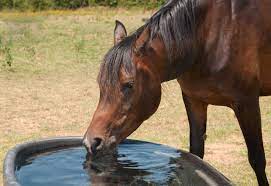 1. Always allow your horse to drink while he’s exercising. There’s an old myth out there that says horses shouldn’t drink while their working, but that myth is not only wrong, it’s dangerous, and especially so when it’s hot outside.
1. Always allow your horse to drink while he’s exercising. There’s an old myth out there that says horses shouldn’t drink while their working, but that myth is not only wrong, it’s dangerous, and especially so when it’s hot outside.
2. Make concerted efforts to cool your horse down, particularly if exercise is going to be prolonged (endurance, eventing, etc.). Water is your horse’s best friend when it comes to cooling. Hose baths – or misters – are wonderful. The more cool water, the better. One bath right after another. Sponging the horse with a cold, wet sponge can help, too, but it’s not quite the same as a lot of baths. We used to think that it was important to scrape them after you bathe them when it’s hot, to allow for quicker evaporation, but that’s been shown not to make any difference. And don’t be afraid to hose them down more than once if need be – people used to think that this would cause muscle cramping and stiffness, but that’s been disproven, too.
3. Remove insulating materials, such as saddles, blankets, or pads. I mean, are you wearing your down jacket when the temperature is in the 90’s?
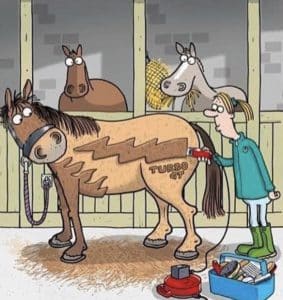 4. Consider clipping your horse if he’s got a heavy coat – it’ll help water evaporate more easily.
4. Consider clipping your horse if he’s got a heavy coat – it’ll help water evaporate more easily.
5. Pink skinned horses can sunburn – consider using sun-blocking ointments, such as zinc oxide, on pink muzzles.
Heat stroke can happen in horses, and, if it does, it’s an emergency that should require immediate veterinary care. A horse showing signs of heat stress will show signs such as increased breathing rate, or panting (normally, horses, breathe 8 – 16 times per minute). When horses get too hot, their heart rate goes up and they sweat: a lot. CLICK HERE to see a good article about heat stress in horses, from the American Quarter Horse Association.

What’s even worse than a lot of sweating is no sweating at all. Some horses, when exercised in weather conditions with a combination of high heat and humidity, develop a condition known as anhydrosis, for which there is no effective cure. CLICK HERE to see a great article from the University of Florida (who should know, given that it’s hot and humid there, well, pretty much all the time). When exercising in the heat, horses with anhydrosis stop sweating and their body temperature rises rapidly – the horse literally can’t cool down. And save your money when it comes to buying anhydrosis supplements or cures. The only proven therapy is to get the horse out of the weather conditions that cause the problems (so, for example, if you’re in Florida, you could move to Montana, where the weather is a bit cooler, although perhaps too much so in the winter).
Fortunately, most people seem to be pretty sensible when it comes to riding and exercising horses when it’s hot outside. Nevertheless, at least once a year, it seems that I’m treating a horse for problems caused by owners who were bit careless with their horses in the heat.
If it’s hot out, please be careful with your horse.

